When Apple decided to enter the health services market, it did not take half measures. The company is preparing to launch Health+ in 2026, a move that could be its most ambitious step into healthcare to date (Trading View). Not just another fitness app. Think an artificial intelligence powered health coach that delivers personalized guidance on nutrition, exercise, and chronic disease management (AI Invest). The bigger story, Apple is shifting from passive data collection to active, intelligent guidance that aims to move personal healthcare from reactive sick care to proactive wellness management (Web Pro News).
What makes Apple's AI health coach different from existing solutions?
Health+ is not chasing another step counter. It is building a personal health system that looks at the whole picture, not just single metrics. The AI analyzes Apple Watch sensors and other connected devices, then turns that stream of data into tailored recommendations that go far beyond basic tracking (MacRumors). Instead of juggling separate apps for food, workouts, and sleep, the integrated approach combines nutrition planning, medical suggestions, and lifestyle coaching in one place (iClarified).
The service will live inside the Health app on iPhone and iPad, so data flows across Apple devices without messy handoffs or manual exports (MacTrast). Here is the twist, the AI agent is reportedly being trained on data from Apple's on-staff physicians, so recommendations lean on clinical knowledge, not just generic wellness tips (CNET). The aim is to mirror parts of a doctor–patient conversation, personalized and always on, without pretending to be a doctor (Mac Observer).
Picture this. Your coach notices a two-week rise in resting heart rate and daily reports of fatigue. Instead of tossing out a vague get more rest, it suggests sleep hygiene tweaks that match your actual sleep patterns, offers stress strategies that fit your calendar rhythm, and flags whether a doctor visit is worth scheduling, all grounded in clinical protocols rather than cookie cutter advice. Less guesswork. More context.
How will Health+ create Apple's next competitive moat?
Apple’s leadership shuffle hints at the stakes. Craig Federighi now oversees watchOS alongside Siri and visionOS, a consolidation that underscores how software will drive the next wave of wearable health tech (AI Invest). Translation, the magic lives in the software.
Health+ turns isolated data points into an integrated system, a setup that boosts retention and opens new revenue lanes (AI Invest). With first mover strength in wearables, deep pockets, and a brand people already trust, Apple raises the drawbridge for would be rivals in health services (AI Invest).
Think of it this way. A subscription for personalized wellness, similar in playbook to Amazon’s cloud or Netflix’s streaming leadership, but powered by cross-device data that competitors struggle to match (AI Invest). Your iPhone logs nutrition, your Apple Watch tracks workouts and recovery, your Health app aggregates clinical records, and the AI connects the dots into a 360 degree profile. Leave the ecosystem and you lose that compound insight.
Analysts call it beneficial lock in. You stay not because you have to, but because the longer the AI learns your patterns, the better its guidance gets. A virtuous cycle, and a tighter moat.
What innovative features will define the Health+ experience?
Project Mulberry, Apple’s internal codename, reaches beyond traditional tracking. For the first time, Apple will offer comprehensive meal logging and nutritional feedback, a deliberate step into detailed food tracking that it once sidestepped due to complexity (Mac Observer).
There is also a clever use of the iPhone’s rear camera, the system can analyze workout form and give real-time technique feedback (Mac Observer). Imagine the phone propped against a water bottle, your coach watching squat depth and knee tracking, then nudging you to adjust on the next rep.
Health+ will feature video content from medical doctors and health experts, a hybrid of AI recommendations with human curated guidance (CNET). Under the hood, it looks for patterns across heart rate trends, activity levels, sleep quality, and more, then surfaces practical insights that speak to overall wellness (LinkedIn).
The personalization is the point. As your body changes, the AI adapts, trading one-size-fits-all advice for guidance shaped by your data over time (Mac Observer). Maybe your productivity spikes when you get a certain mix of sleep stages, or your heart rate variability dips before you tend to get sick, or your stress climbs on the same weekday each month. The system suggests targeted interventions that meet those patterns where they live.
PRO TIP: Think of it as a health coach that learns your rhythms, then gets sharper and more useful the longer you use it, not just smarter notifications.
How will Health+ reshape the digital health market?
Health+ is Apple’s answer to the shift toward integrated digital health. A subscription model here can create a durable revenue stream that ripples across the market (AI Invest). The timing lines up with projections of the U.S. wearable health tech market hitting 30 billion dollars by 2026 (Accretive Edge).
Expect Apple to follow its playbook, launch Health+ as a standalone subscription, then fold it into Apple One Premier when the time is right (Mac Observer). That puts it toe to toe with platforms like MyFitnessPal and Noom, only with the hardware software integration Apple is known for (LinkedIn). I would bet Apple leans on bundling once the service finds its footing.
The edge is in the connections. A competitor can log your meals, but Apple can correlate them with heart rate responses, sleep changes, and workout performance, then translate that into insights an isolated app cannot produce.
Market wise, this raises the bar for consumer expectations, integrated, AI powered guidance that treats wellness as a connected system, not a pile of separate tasks.
There are hurdles. Apple has had documented AI challenges, and some advanced Siri features have slipped to 2026, which could slow Health+ at the high end of its capabilities (iClarified). Training on physician data while guarding clinical accuracy is slow, careful work.
The future of AI-powered preventive healthcare
The 2026 debut will be a barometer for Apple’s broader health strategy, and early adoption will signal how far AI powered wellness can scale (AI Invest). The goal is a pivot from reactive care to proactive maintenance, daily decisions shaped by real time data and intelligent guidance, not just annual checkups (Web Pro News).
There is no public sign Apple has sought FDA clearance; reporting frames Health+ as wellness coaching rather than a regulated diagnostic device. It aims to deliver smarter insights and better context for everyday decisions, while staying out of medical device territory (Mac Observer).
The promise is real, especially in prevention and risk assessment (CNET). So are the risks. ECRI flags AI as a top health tech hazard for 2025 due to the chance of inaccurate or misleading outputs, a warning worth heeding (CNET).
Success will hinge on balance, innovation that knows its limits, guidance that complements rather than replaces clinicians, and clear nudges to seek care when needed. If Apple threads that needle, Health+ could define a new category, AI powered wellness coaching that bridges consumer apps and professional care. A more proactive, data driven approach to personal health might follow, reshaping how millions think about daily wellness and how technology fits into preventive care for years to come.




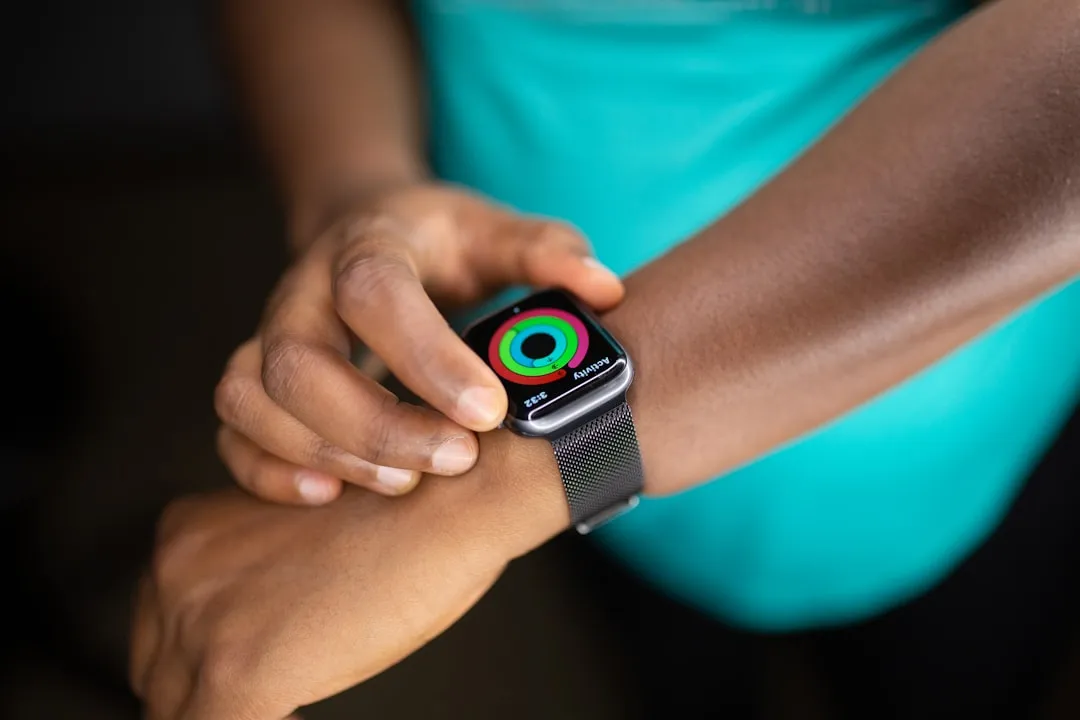
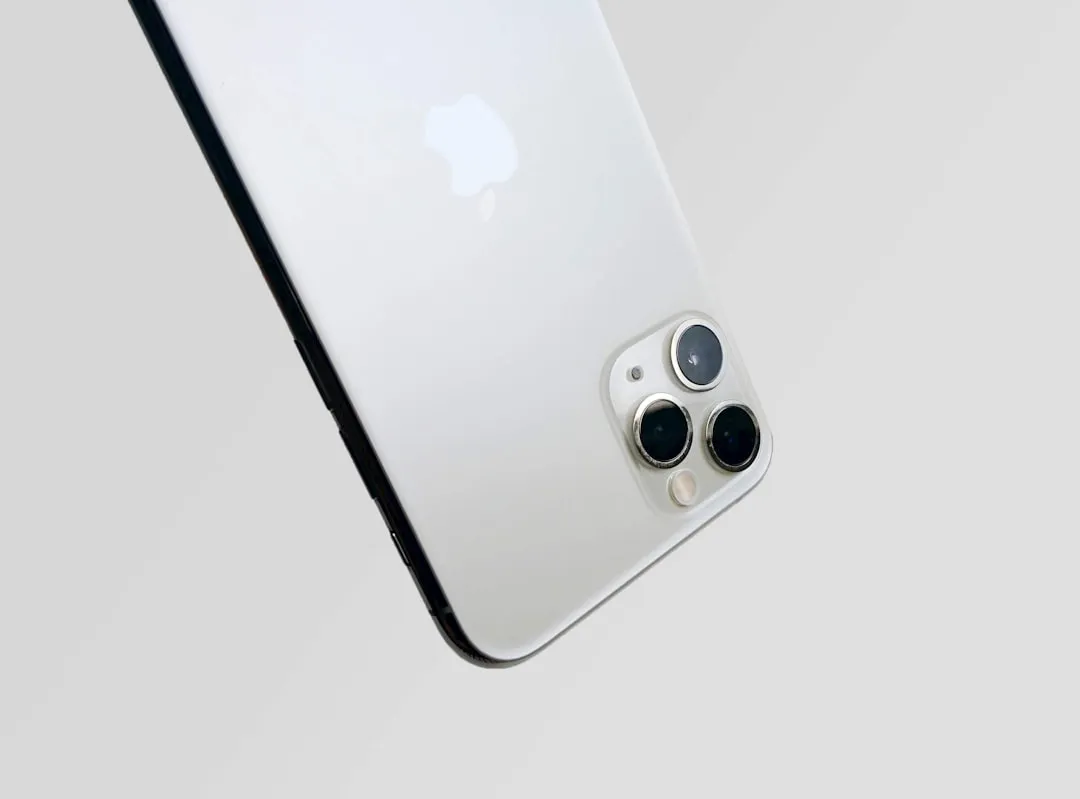

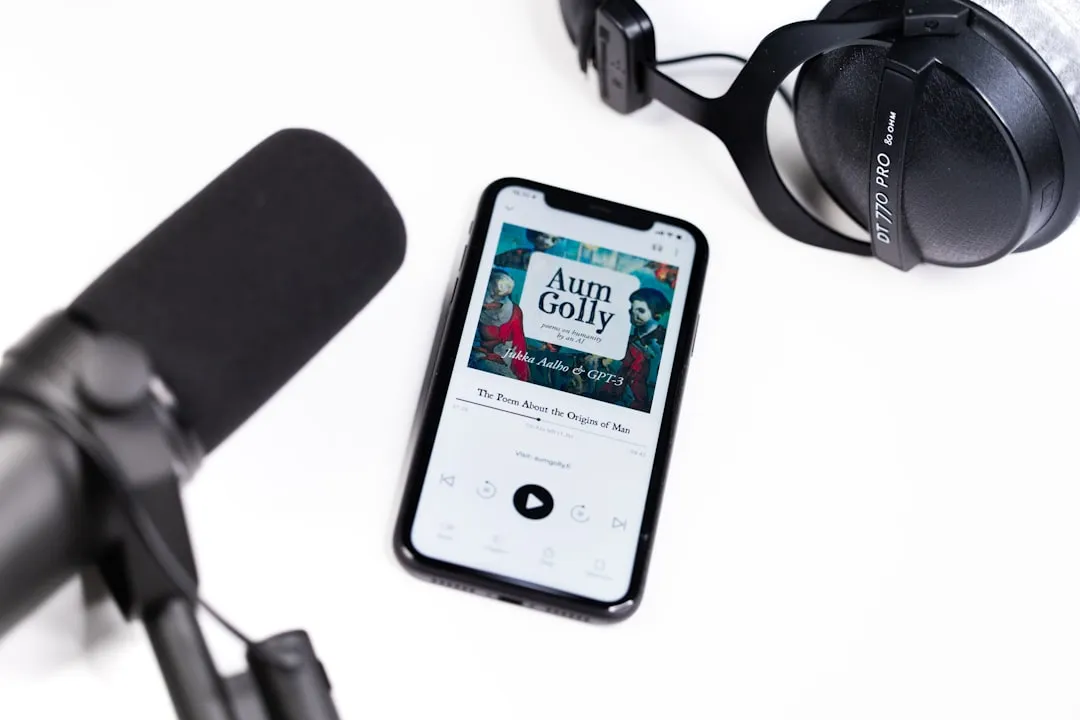

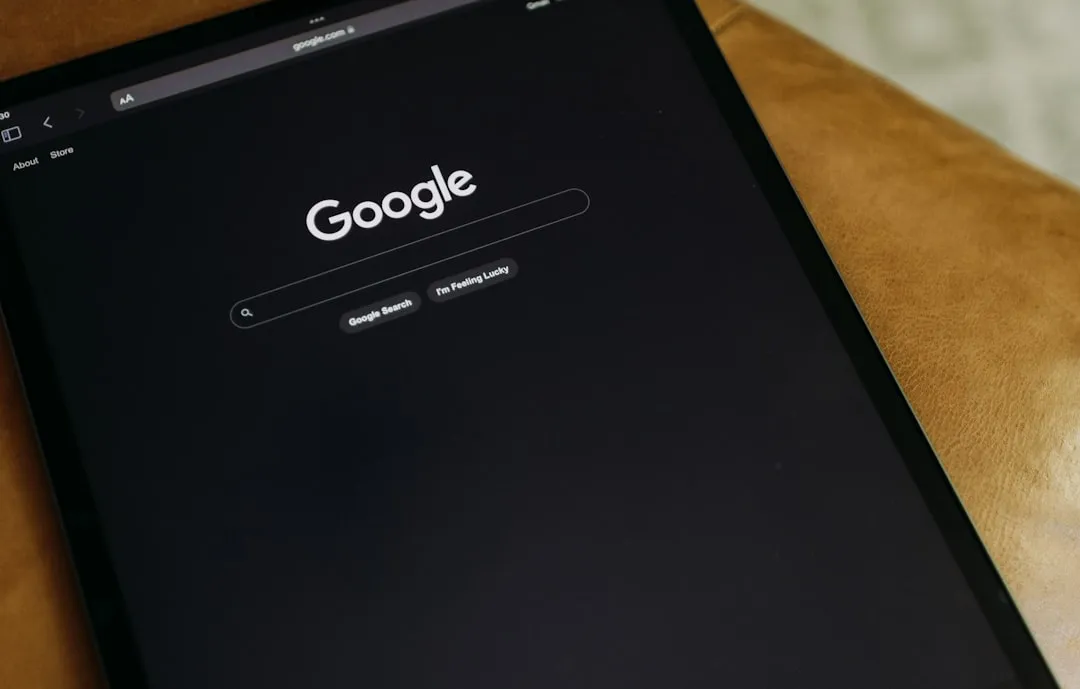
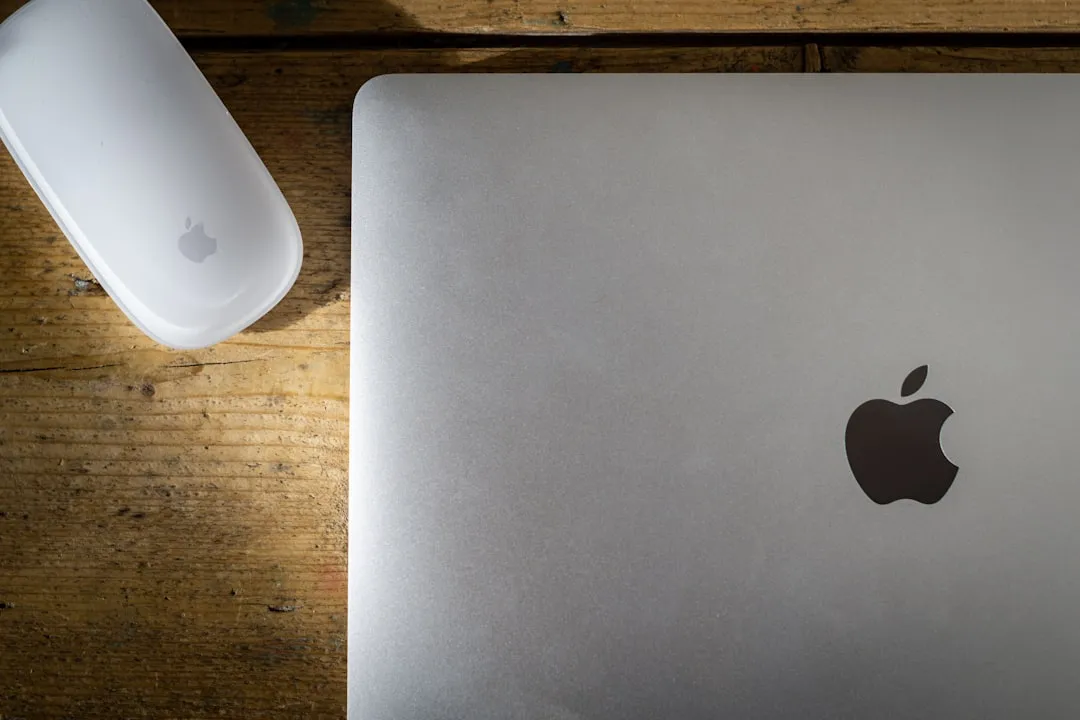

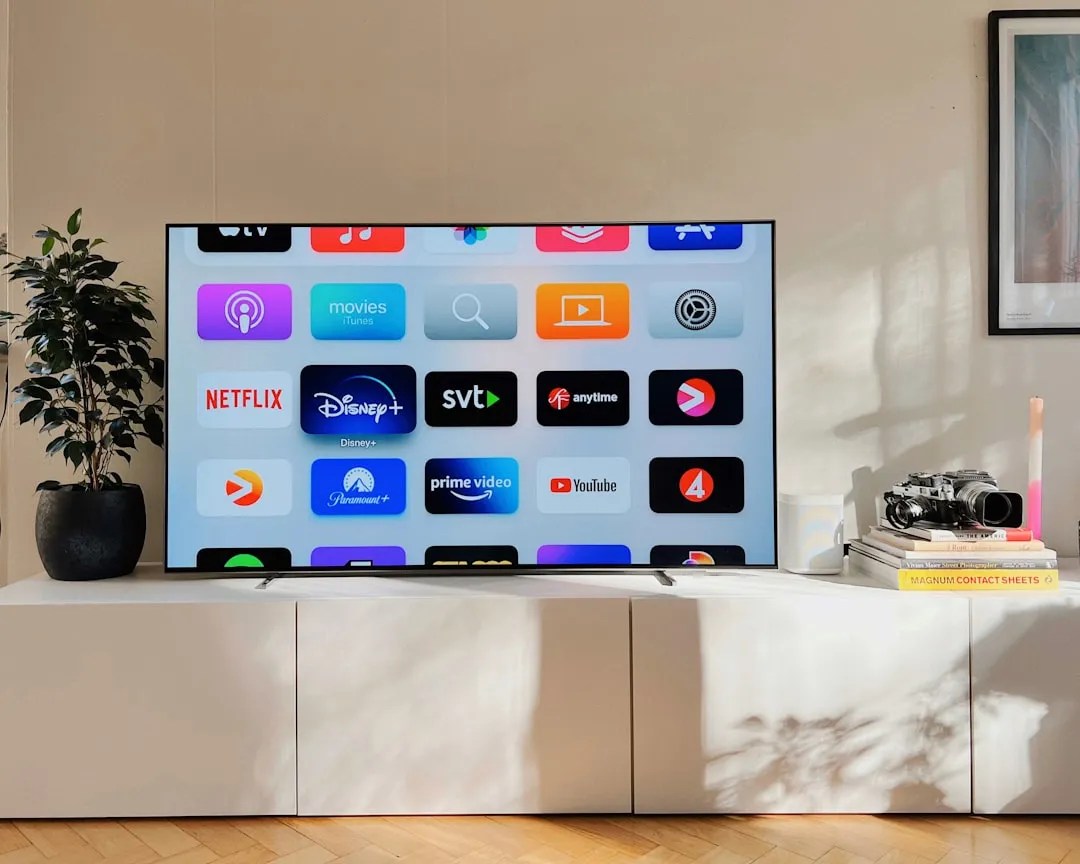
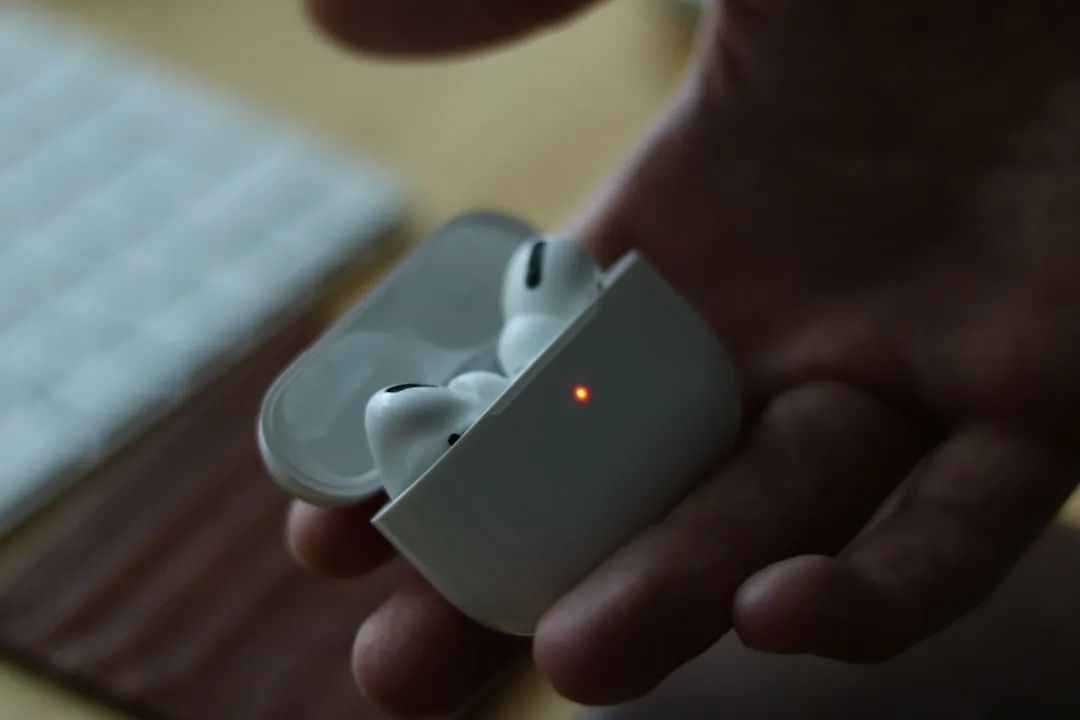




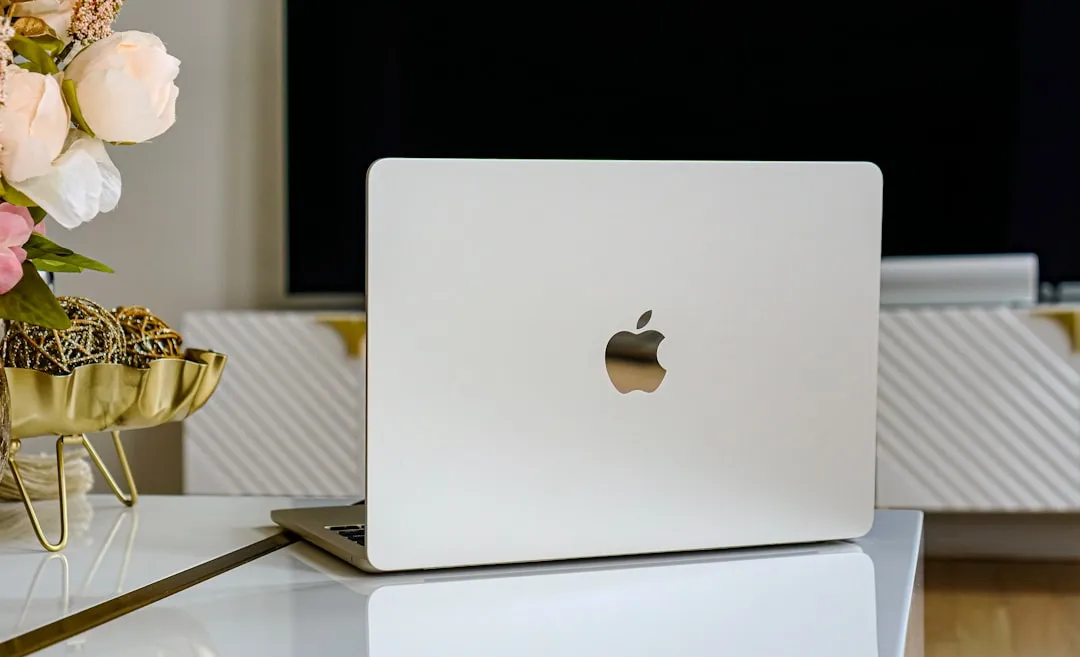
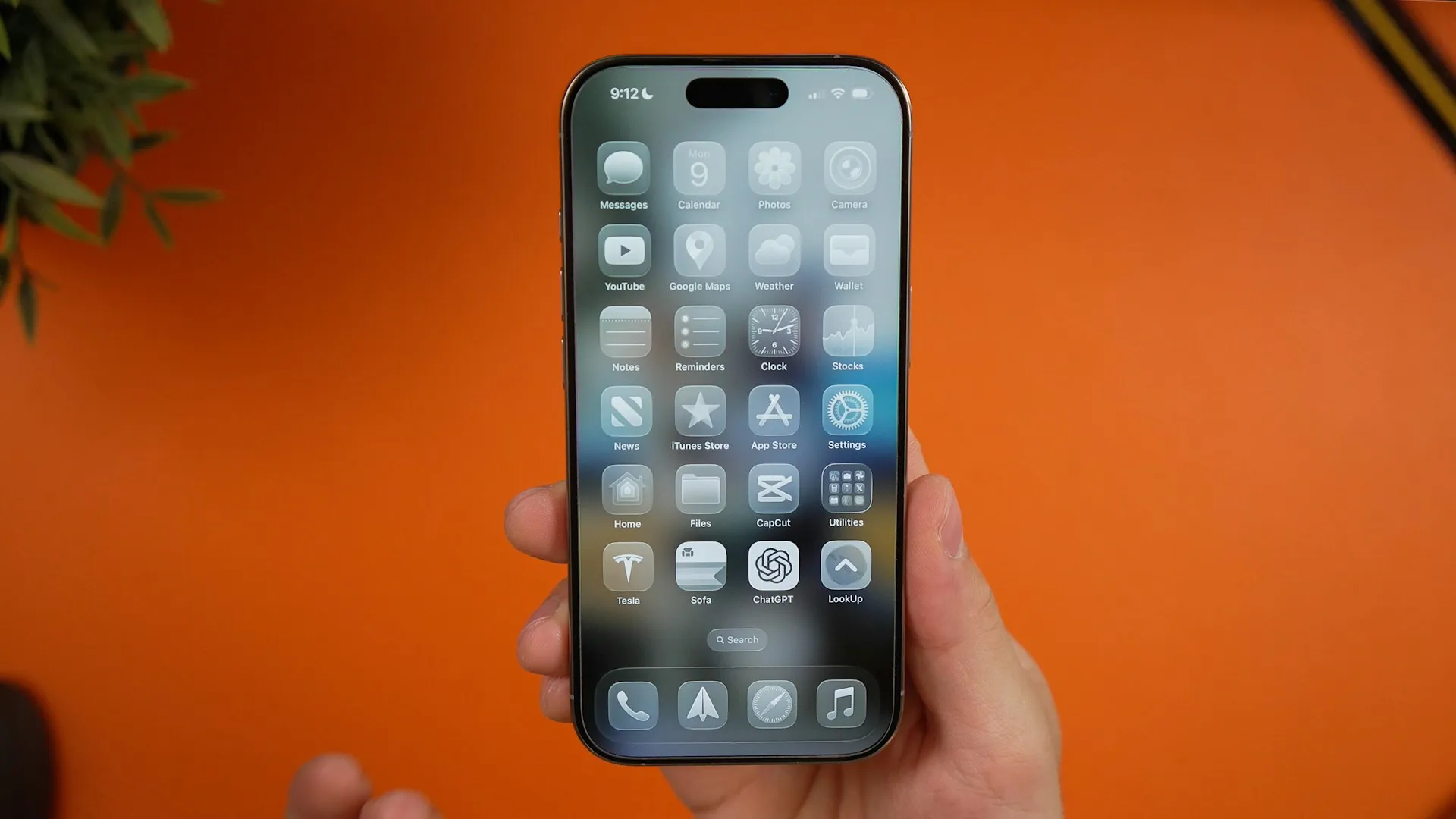



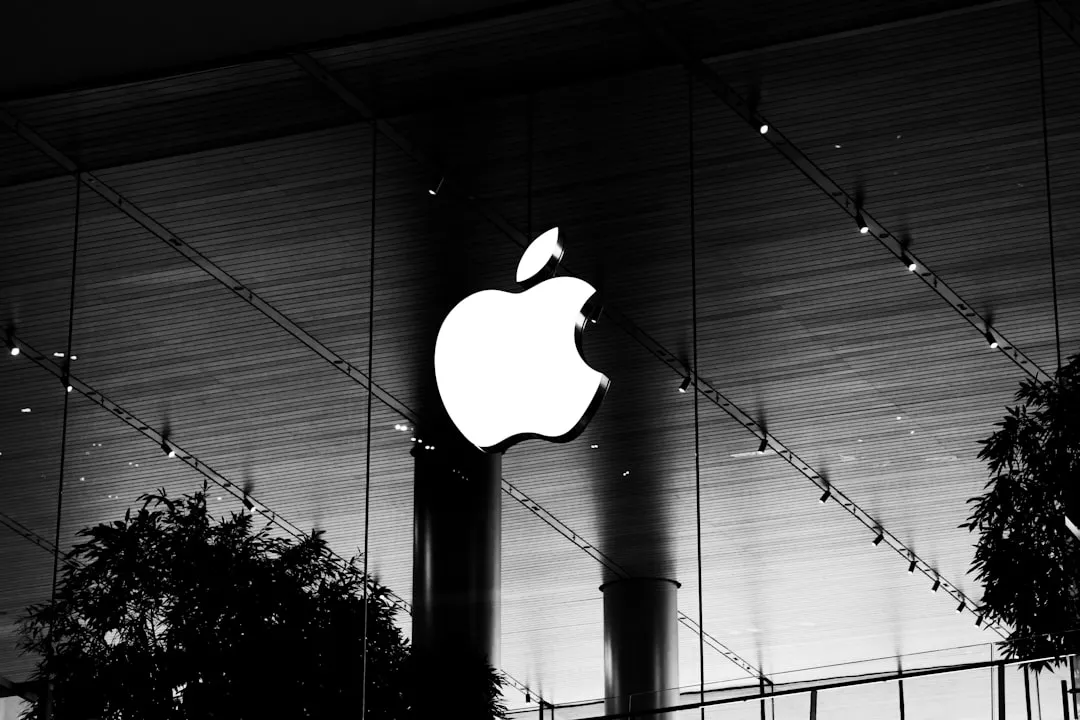
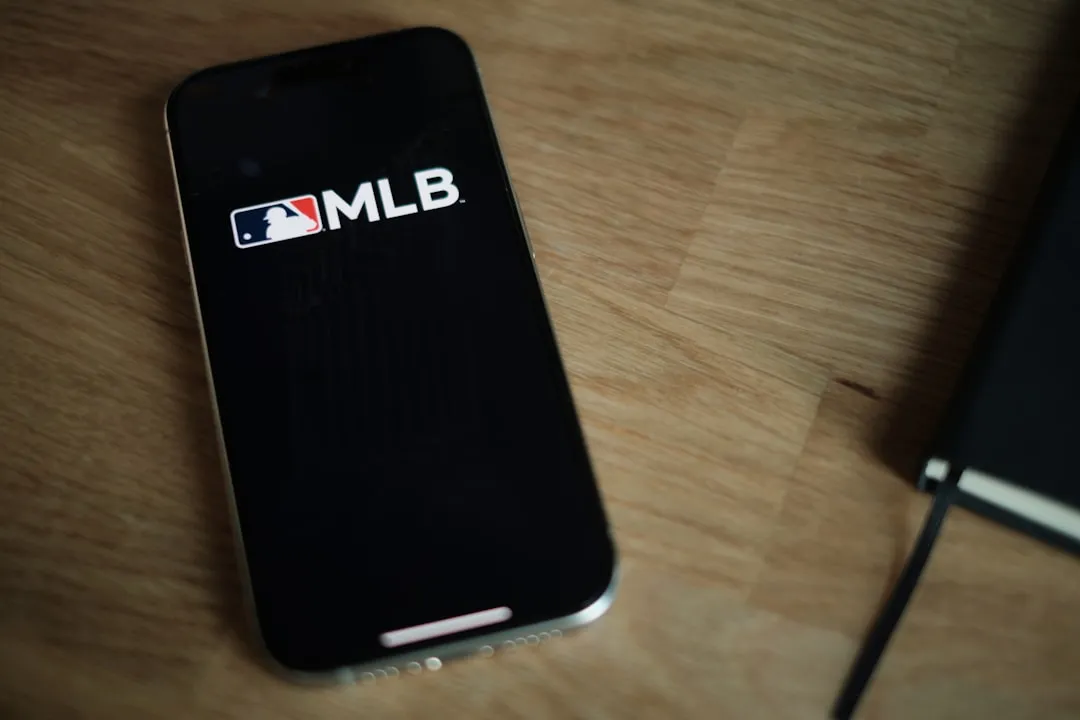
Comments
Be the first, drop a comment!